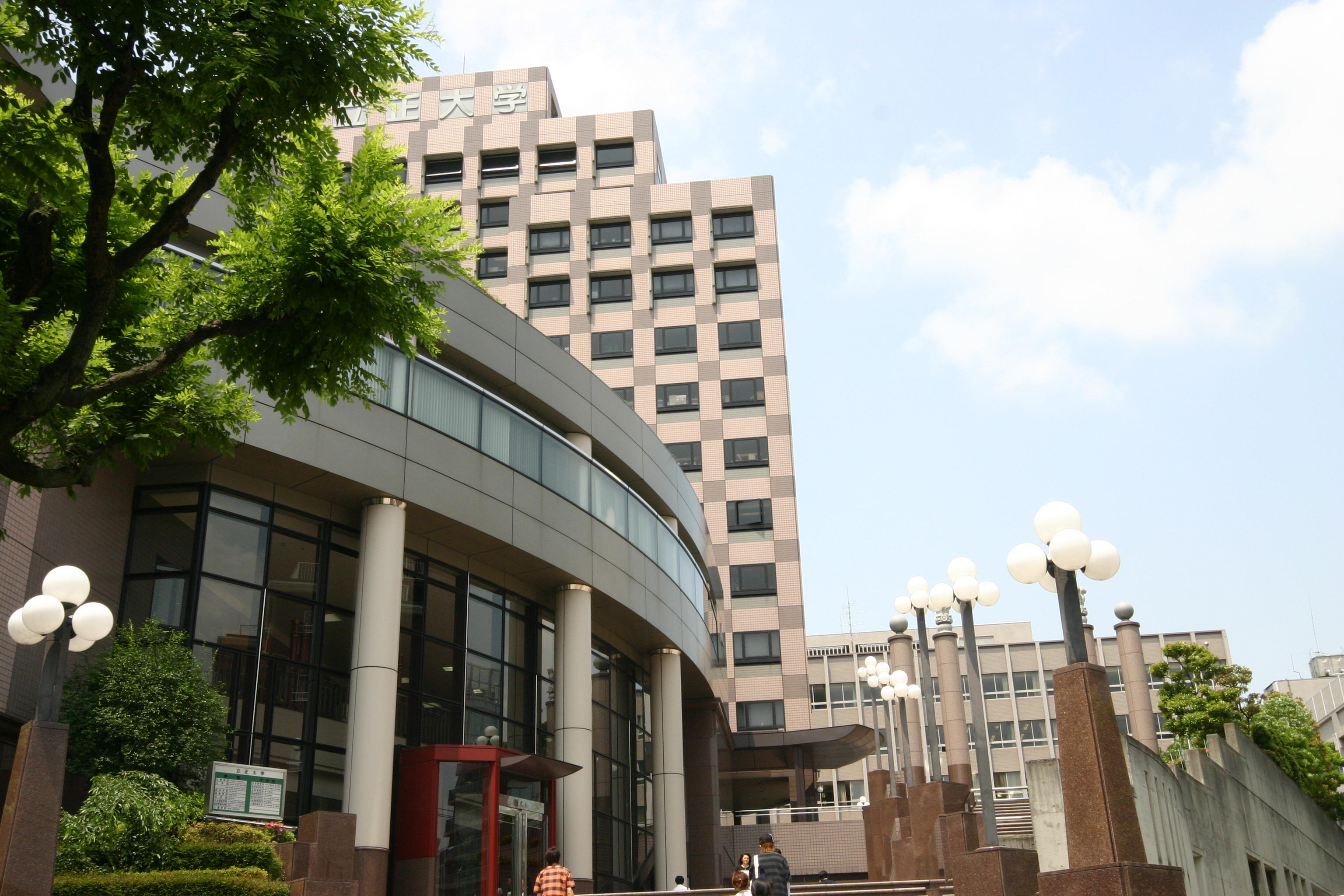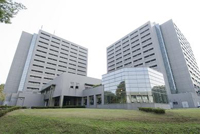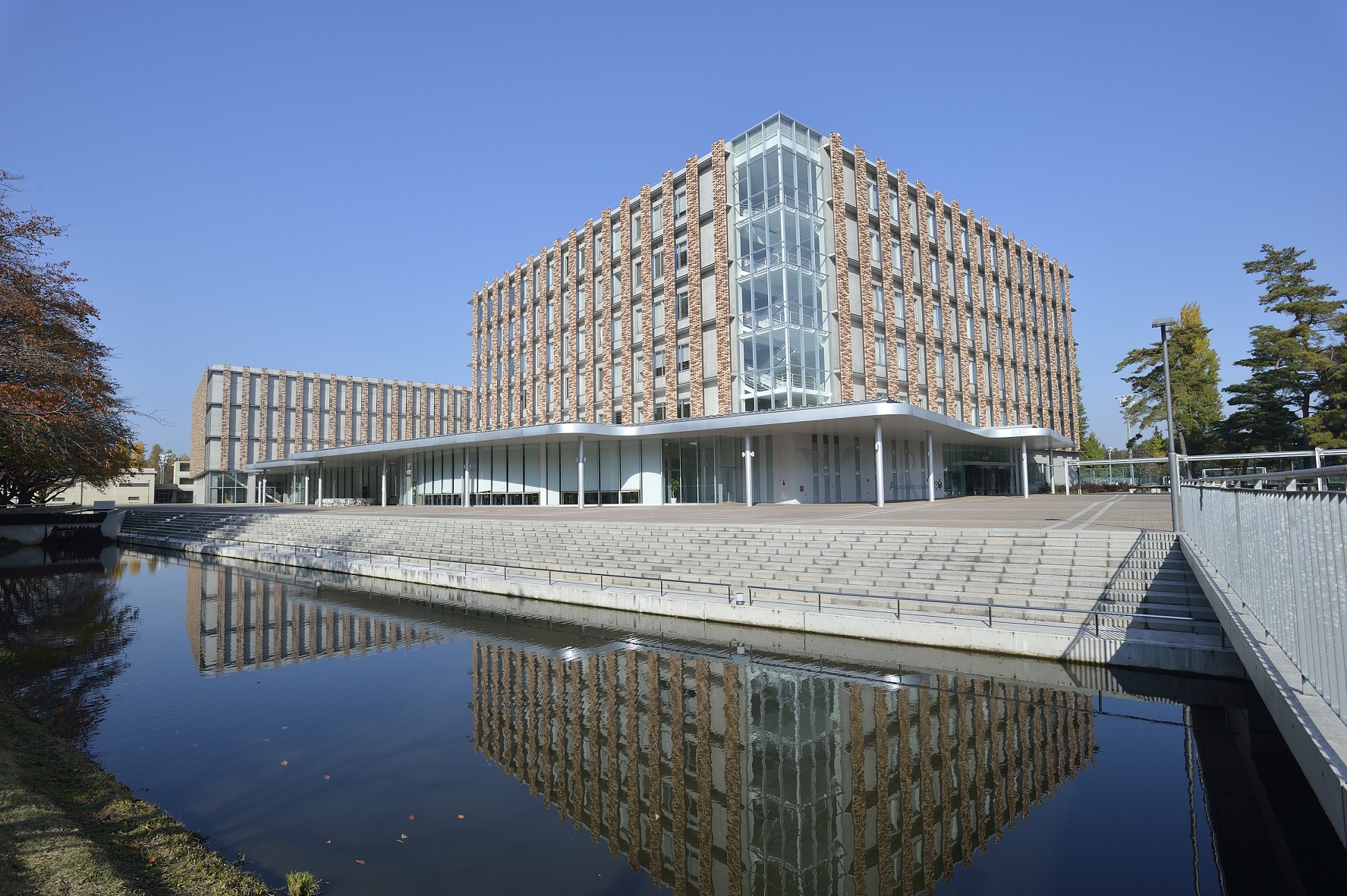For all enquiries please contact the Exchange Office at exchange@otago.ac.nz.
Last updated April, 2023
Academic Information
Language of Instruction
 Japanese
Japanese
Campuses
- Shinagawa Campus in Shinagawa-Ku, Tokyo. Faculties: Buddhist Studies / Letters / Economics / Business Administration / Psychology / Law.
- Kumagaya Campus in Kumagaya-Shi, Saitama (about 35 miles from Tokyo). Faculties: Social Welfare / Geo-Environmental Science.
Course Information
- One semester or full year exchange available.
- The Rissho University Japanese-Language Program Semester Course enables participants to study the Japanese language, Japanese current affairs and Japanese culture in Japanese.
- Students may take classes conducted in Japanese at the various faculties of Rissho University depending on their Japanese language abilities.
- If the student's Japanese language proficiency does not meet the entry requirements, he/she is able to take the Japanese Language Program course.
Semester Dates
- Academic Year: April - March
- Semester 1: April - July
- Semester 2: September - January
Course Load and Minimum Unit Requirements
Minimum course load: seven classes per semester
Accommodation and the Cost of Living
Accommodation
 Students may stay at the dormitory on Kumagaya Campus or they may live off campus, if preferred,
Students may stay at the dormitory on Kumagaya Campus or they may live off campus, if preferred,
Estimated Cost of Living
2018 estimated cost of living:
- Kumagaya campus - JPY 498,960 per semester.
- Shinagawa campus - JPY 200,000 per month.
Scholarships available for students going to Japan
Additional Information
Student Visa and Insurance
Information on Student Visas and Insurance for students going on exchange can be found elsewhere on this website.
The University, City and Region
The University

The university, established in 1580 as an educational institution for priests of Nichiren Buddhism, is proud of its 430-year history. In 1872, it was transformed into a modern educational institution. Today it boasts eight undergraduate faculties with 15 departments and seven graduate school research departments, all managed by Rissho Daigaku Gakuen.
The Shinagawa Campus makes the most of its excellent location in the heart of Tokyo. The Kumagaya Campus takes advantage of its lush and spacious natural setting. The variety offered by these two completely different campuses is sure to add spice to your studies in Japan. If you find yourself tired of city life, refresh yourself at the verdant Kumagaya Campus. If you want to go see the world metropolis of Tokyo, take the free inter-campus shuttle bus to Shinagawa and explore Tokyo all day.
The Cities of Tokyo and Saitama
Tokyo is Japan's capital and the world's most populous metropolis, boasting advanced technology, information, culture and fashion, as well as a high level of public safety. The city's history can be appreciated in districts such as Asakusa and in many excellent museums, historic temples and gardens. Contrary to common perception, Tokyo also offers a number of attractive green spaces in the city center and within relatively short train rides at its outskirts.
Tokyo's population: the 23 wards claim a population of 9.2 million, but the metropolis has a population that exceeds 13 million. The greater Tokyo metropolitan area, which is spread over 3 prefectures, is much larger and has a population that is estimated to be over 36 million.
Saitama is a major city within half an hour by train north of Tokyo. The city was newly formed in 2001 with the merger of Urawa, Omiya and other municipalities. Saitama is primarily a residential city, and a big proportion of its population of over a million commutes to Tokyo for work. This contributes largely to Omiya Station being a major train hub in the area. The station serves the Tohoku Shinkansen, Joetsu Shinkansen and many suburban train lines, making it one of the busiest in the Kanto Region.
Further Information
For further information about Otago Global Student Exchange please email exchange@otago.ac.nz